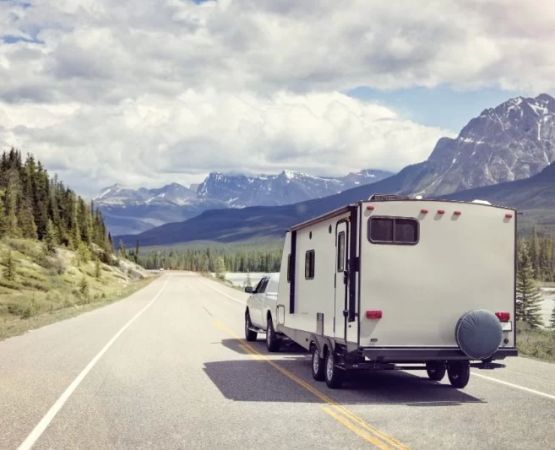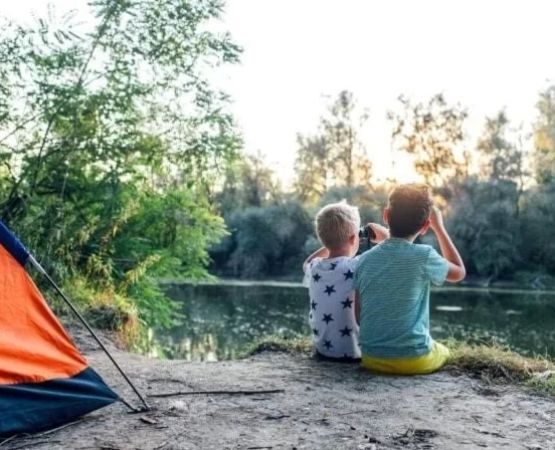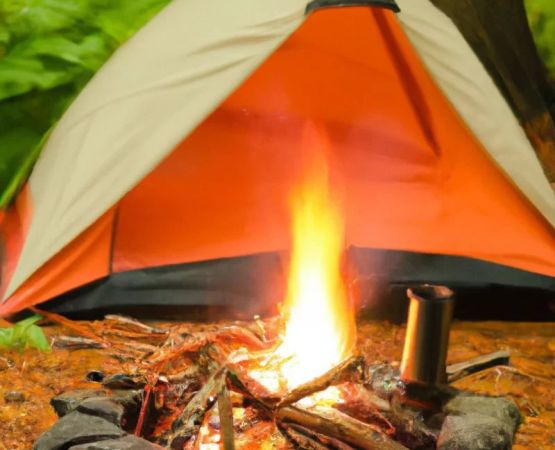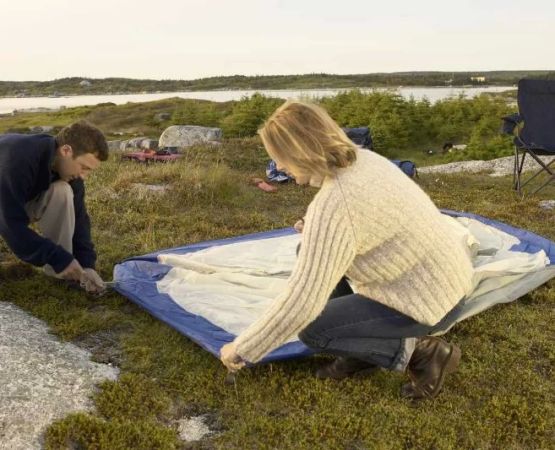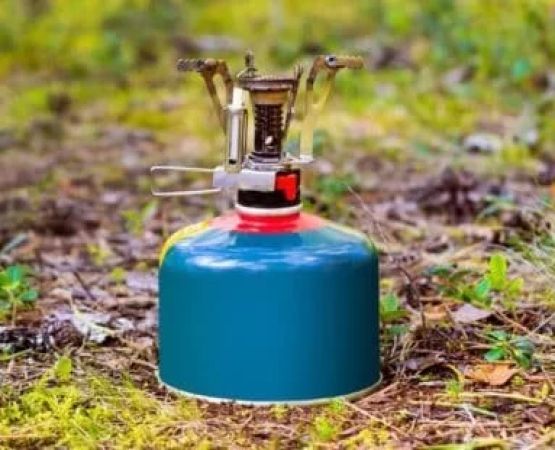Efficient Ways to Pack and Store Your Camping Gear for Easy Access
As someone who’s spent countless weekends exploring the outdoors, I can confidently say that how you pack and store your camping gear plays a huge role in the overall success of your trip. Over the years, I've learned the hard way that a well-packed gear setup can make a world of difference, while an unorganized pile of gear can lead to frustration when you’re on the trail. I want to share the strategies I've picked up, so you can streamline your packing process and ensure that everything you need is right at your fingertips when you need it the most.
1. Organize by Category
One of the first lessons I learned was the importance of organizing your camping gear by category. Early in my camping days, I would just throw everything into a bag and hope for the best. However, I quickly realized that this chaotic approach led to time wasted on digging through bags for a simple item like a flashlight or a first-aid kit. Now, I organize my gear into separate categories: cooking equipment, sleeping gear, clothing, personal items, and so on. This ensures that when I’m packing up or setting up camp, I can grab exactly what I need without any hassle.
2. Use Storage Bags and Containers
When it comes to storing camping gear for easy access, I always rely on storage bags and containers. Not only do they keep everything contained, but they also protect fragile or valuable items from damage. I have a few large, durable containers for bulkier items like tents and sleeping bags, and I use smaller ziplock or compression bags for smaller essentials such as first-aid kits, tools, and snacks. Compression bags are especially helpful for clothing, as they minimize space and prevent items from getting lost in the shuffle. Clear storage containers are my go-to because I can easily identify what's inside without having to open each one.
3. Pack Frequently Used Items on Top
Another packing strategy that’s worked wonders for me is to keep frequently used items at the top of my gear. For example, when setting up camp, I’ll want my tent, stakes, and mallet to be easily accessible. I learned this the hard way during a trip where I had to dig through multiple bags to get my tent out while it was starting to rain. Now, I always pack the tent and any items I’ll need first in a spot that’s easy to reach, whether that’s the top of my backpack or the outer compartments of my gear bags.
4. Make Use of Backpack Compartments
If you’re using a backpack for your gear, make sure to utilize all of its compartments efficiently. Backpacks often come with side pockets, hip belt pockets, and compartments specifically designed for water bottles or other frequently accessed items. During my backpacking trips, I found that using these compartments for things like snacks, my map, or a pocket knife kept them easily accessible when I needed them. This system minimizes the time spent rummaging through the main compartment, which is essential when you're trying to access something quickly on the trail.
5. Label Everything
Labeling my gear has saved me so much time over the years. Especially during long trips, where my gear might get spread across a few different areas or bags, labeling helps me keep track of everything. I use waterproof labels or permanent markers to clearly mark each bag or container. This also prevents my gear from getting mixed up with others’ gear when camping with friends. When you're out on a multi-day hike, the last thing you want is to waste precious daylight searching for a specific item. The right label can save you the headache and frustration of not knowing where things are.
6. Keep Your Sleeping Gear and Shelter Together
When it comes to setting up camp, one of the first things I need is shelter. For this reason, I always keep my sleeping bag, tent, and sleeping pad together in one easily accessible bag or container. Over time, I’ve learned that separating these items makes the setup process quicker and more efficient. In the past, I’d pull out my tent and realize I had forgotten my stakes or sleeping pad was buried under layers of other items. Now, I bundle everything I need to sleep comfortably into one place so I can set up camp in no time.
7. Plan for Cleanliness and Safety
Keeping cleanliness and safety in mind while packing is essential for a successful camping trip. I always store food and trash separately to avoid attracting wildlife. I use odor-proof bags or sealed containers for food and snacks. On one memorable camping trip, I learned the hard way when I accidentally left some food scraps near my tent, attracting curious bears. Now, I ensure that food is always in a secure container or bear-resistant bag. I also keep safety essentials—like my first aid kit, headlamp, and multi-tool—in a dedicated compartment that’s easy to access during an emergency.
8. Consider the Weight of Your Gear
One crucial aspect of packing, especially if you’re hiking to your campsite, is the weight of your gear. The lighter and more compact you can make your setup, the better. I’ve found that every ounce counts when you’re carrying gear over long distances. Investing in lightweight gear, such as a compact stove, lightweight tent, or inflatable sleeping pad, helps reduce the burden. I also distribute the weight evenly between my pack and the other bags I carry to ensure better balance on the trail. Being mindful of weight can make your hike much more enjoyable and less physically taxing.
9. Maintain Gear During the Off-Season
Proper maintenance is just as important as organization when it comes to packing your gear. Before packing up for the season, I always take the time to clean and inspect my gear. I check for holes in tents, clean my cooking equipment, and ensure that my backpack zippers work properly. A well-maintained piece of gear not only lasts longer, but it’s also less likely to fail during a trip. I’ve learned that taking a few minutes to inspect and maintain my gear in the off-season ensures a smoother, stress-free packing process when the next camping trip rolls around.
With these packing strategies, you’ll find that your camping trips become more enjoyable and less stressful. Whether you’re a seasoned camper or a beginner, organizing your gear for easy access is key to making the most of your adventure. And if you’re looking for the perfect camping spot, don't forget to check out Pine Cliff Resort for top-notch sites and services tailored to your needs. Happy camping!


